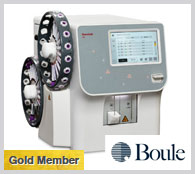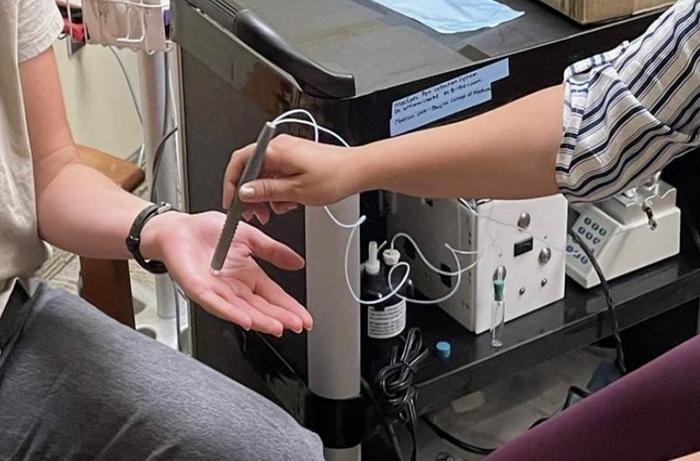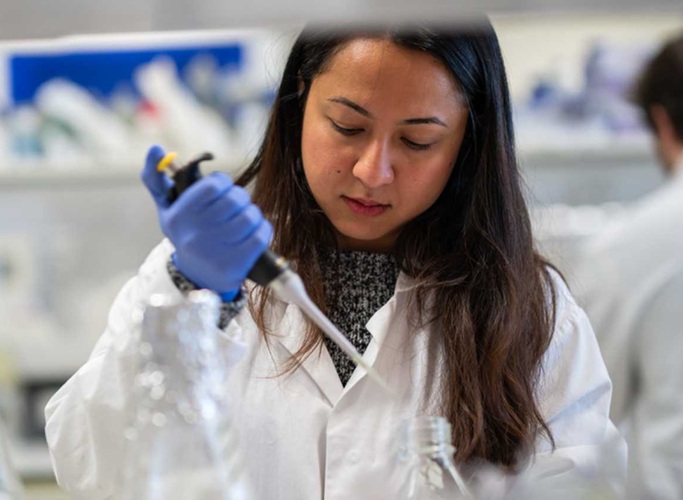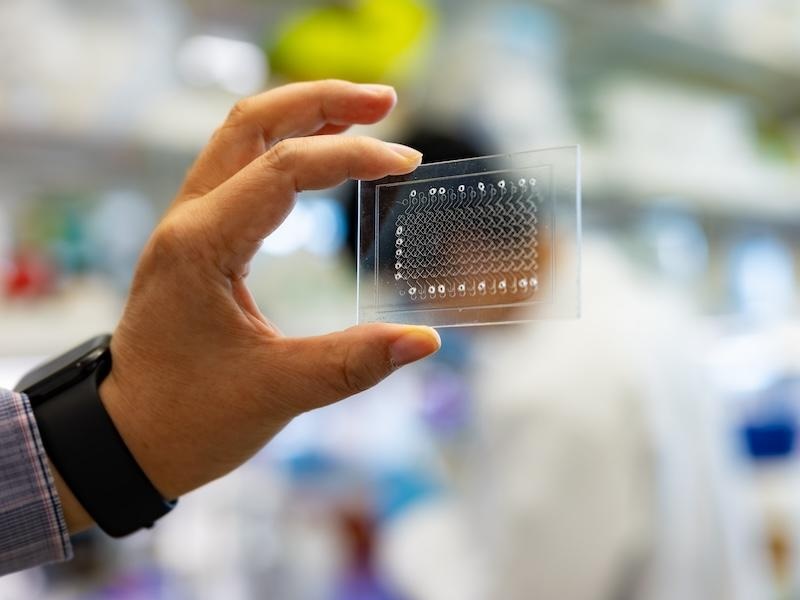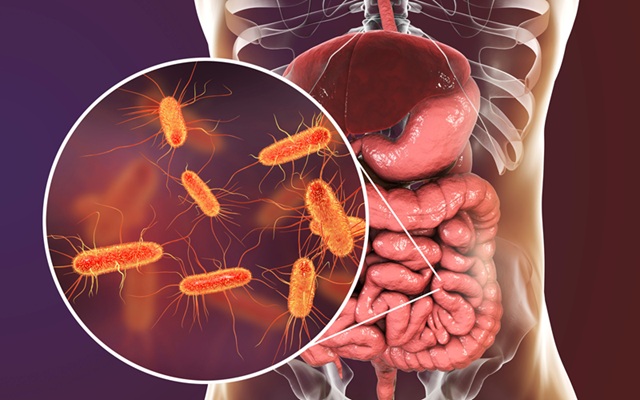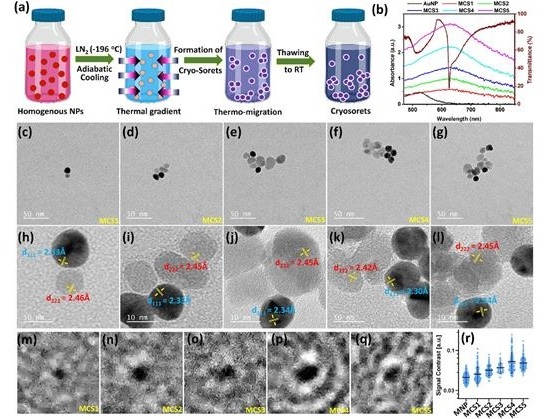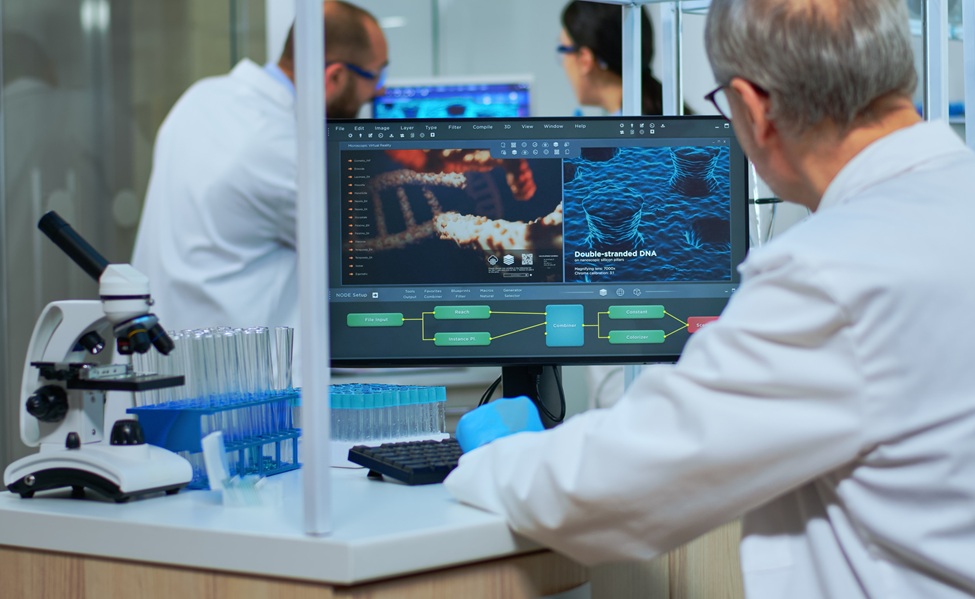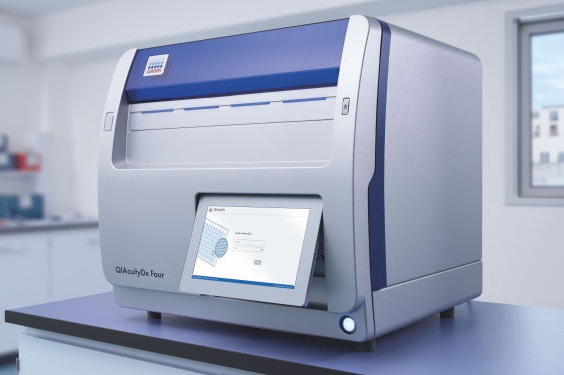Microfluidic Chip-Based Device to Measure Viral Immunity
|
By LabMedica International staff writers Posted on 05 Dec 2024 |
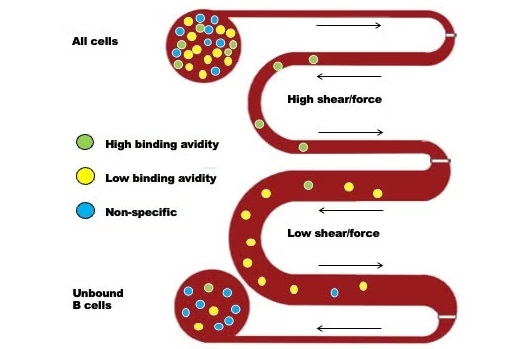
Each winter, a new variant of influenza emerges, posing a challenge for immunity. People who have previously been infected or vaccinated against the flu may have some level of protection, but how well their immune system "remembers" the previous strain and reacts to the new one can vary. Currently, there is no reliable way to measure this immune “memory.” Now, new research is working to solve this issue with a device designed to assess immune memory in the blood.
When exposed to a virus, white blood cells known as B-cells activate and differentiate. Some of these B-cells become plasma cells that quickly produce antibodies to fight off the infection, while others turn into memory B-cells, remaining dormant until the same or a similar virus reappears. If the virus returns, memory B-cells can swiftly recognize it and produce antibodies to combat it. Presently, measuring circulating antibodies produced by plasma cells is possible, but antibody levels decline over time. It's far more challenging to assess the presence and effectiveness of memory B-cells, especially against new variants of the same virus. In a new project funded by the NIH, researchers from the University of California, Davis (Davis, CA, USA) and Johns Hopkins Bloomberg School of Public Health (Baltimore, MD, USA) have developed a prototype device that measures memory B-cells by testing how well they can adhere to a surface while recognizing the virus under shear flow. This method, called Shear Activated Cell Sorting (SACS), is at the core of their approach.
The device works by using a microfluidic chip with tiny channels. The base of the channel is coated with the influenza virus. As white blood cells flow through these channels, memory B-cells that recognize viral proteins (antigens) will attach to the surface. By adjusting the flow rate, researchers can measure how strongly the cells adhere. As the flow rate increases, shear forces are applied to the cells, pulling them off the surface. By tracking how many cells adhere or are washed away at different flow rates, researchers can gauge their binding affinity, i.e., how well the memory cells stick to the virus. This data allows the scientists to compare how well the cells bind to the original virus they were exposed to and a new variant. The ultimate goal of this device is to provide public health labs with a tool to measure immunity to new flu variants in populations, aiding in public health decision-making. Additionally, this technology could be adapted to assess immunity against SARS-CoV-2 and other viruses.
“There’s no way to assess if the immune system is prepared for the next mutant flu virus, so we need a new vaccine every year,” said Steven George, professor of biomedical engineering at UC Davis and co-principal investigator on the grant. “We’re trying to figure out if you have white blood cells that can respond quickly to a new variant.”
Latest Technology News
- Inexpensive DNA Coated Electrode Paves Way for Disposable Diagnostics
- New Miniature Device to Transform Testing of Blood Cancer Treatments
- Biosensing Advancement to Enable Early Detection of Disease Biomarkers at POC
- New POC Biosensing Technology Improves Detection of Molecular Biomarkers
- Enhanced Lab Data Management and AI Critical to Labs of the Future, Finds Survey
- AI-Assisted Non-DNA Based Test Identifies Viral Infections in Minutes
- AI Method Predicts Overall Survival Rate of Prostate Cancer Patients
- Breath Test to Enable Early Detection of Breast Cancer
- First Ever Technology Recognizes Disease Biomarkers Directly in Menstrual Blood in Sanitary Towels
- Tiny Microlaser Sensors with Supercharged Biosensing Ability to Enable Early Disease Diagnosis
- Advanced Predictive Algorithms Identify Patients Having Undiagnosed Cancer
- Light Signature Algorithm to Enable Faster and More Precise Medical Diagnoses
- Disposable Microchip Technology Could Selectively Detect HIV in Whole Blood Samples
- Pain-On-A-Chip Microfluidic Device Determines Types of Chronic Pain from Blood Samples
- Innovative, Label-Free Ratiometric Fluorosensor Enables More Sensitive Viral RNA Detection
Channels
Clinical Chemistry
view channel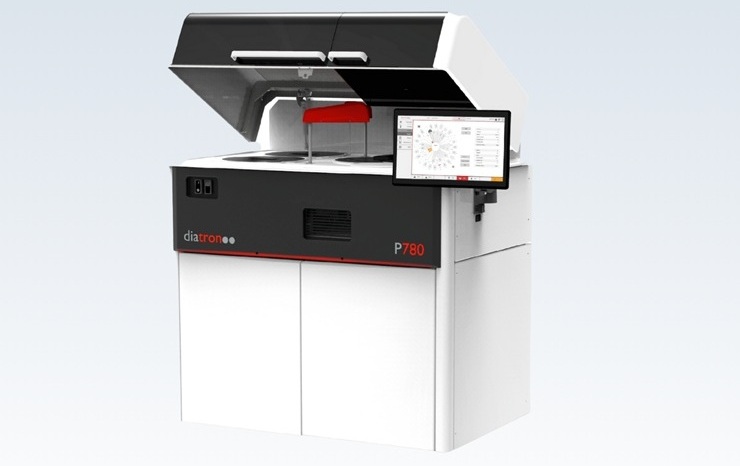
New Clinical Chemistry Analyzer Designed to Meet Growing Demands of Modern Labs
A new clinical chemistry analyzer is designed to provide outstanding performance and maximum efficiency, without compromising affordability, to meet the growing demands of modern laboratories.... Read more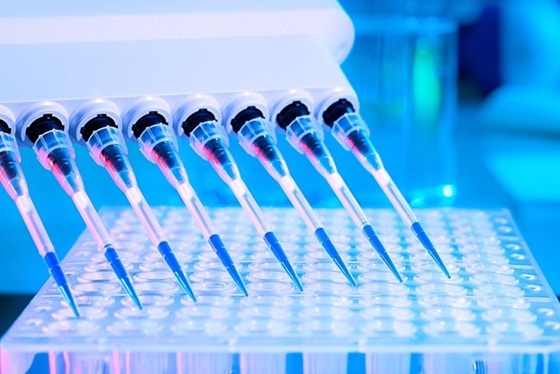
New Reference Measurement Procedure Standardizes Nucleic Acid Amplification Test Results
Nucleic acid amplification tests (NAATs) play a key role in diagnosing a wide range of infectious diseases. These tests are generally known for their high sensitivity and specificity, and they can be developed... Read moreMolecular Diagnostics
view channel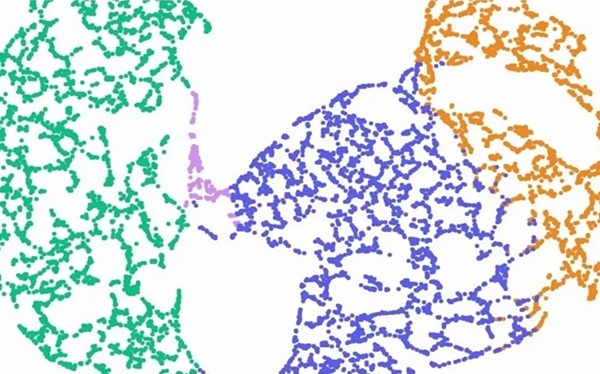
RNA-Seq Based Diagnostic Test Enhances Diagnostic Accuracy of Pediatric Leukemia
A new unique test is set to reshape the way Acute Lymphoblastic Leukemia (BCP-ALL) samples can be analyzed. Qlucore (Lund, Sweden) has launched the first CE-marked RNA-seq based diagnostic test for pediatric... Read more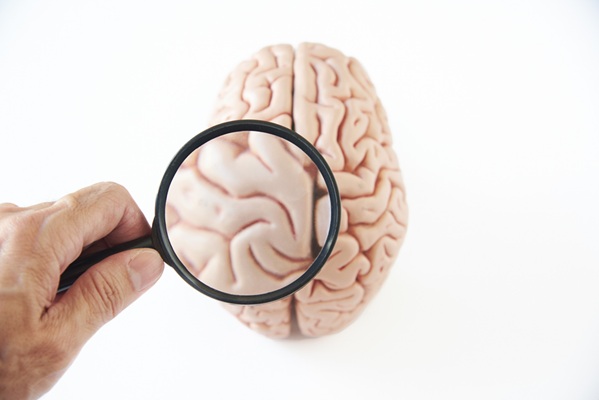
New Technique for Measuring Acidic Glycan in Blood Simplifies Schizophrenia Diagnosis
Polysialic acid is a unique acidic glycan predominantly found in brain regions associated with memory and emotion, but it is also present in the bloodstream. Research has shown that blood levels of polysialic... Read moreHematology
view channel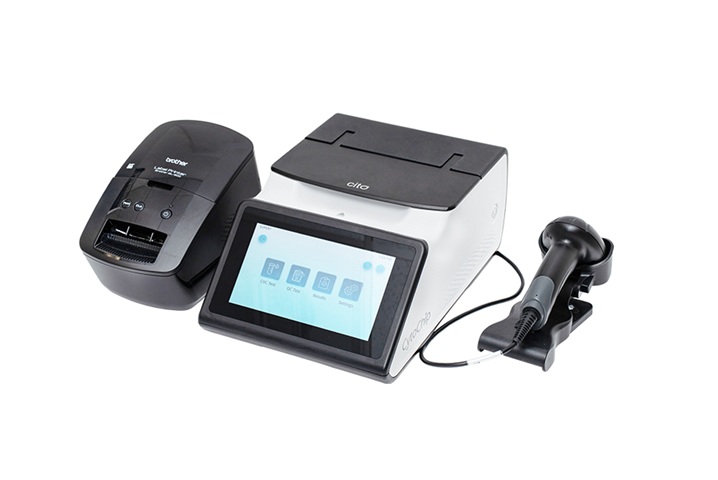
Disposable Cartridge-Based Test Delivers Rapid and Accurate CBC Results
Complete Blood Count (CBC) is one of the most commonly ordered lab tests, crucial for diagnosing diseases, monitoring therapies, and conducting routine health screenings. However, more than 90% of physician... Read more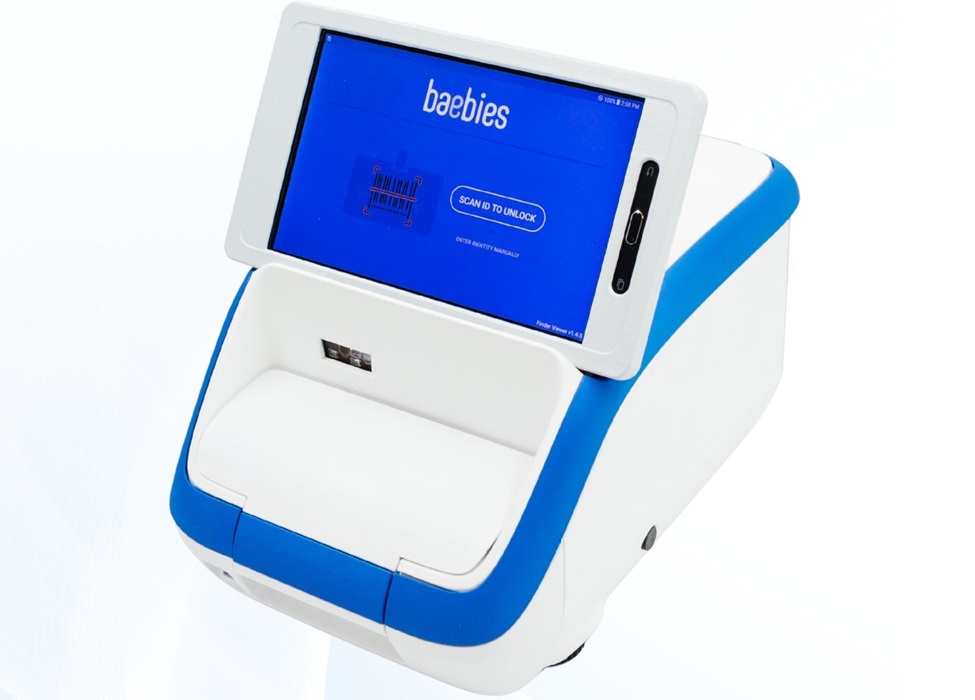
First Point-of-Care Heparin Monitoring Test Provides Results in Under 15 Minutes
Heparin dosing requires careful management to avoid both bleeding and clotting complications. In high-risk situations like extracorporeal membrane oxygenation (ECMO), mortality rates can reach about 50%,... Read moreMicrobiology
view channel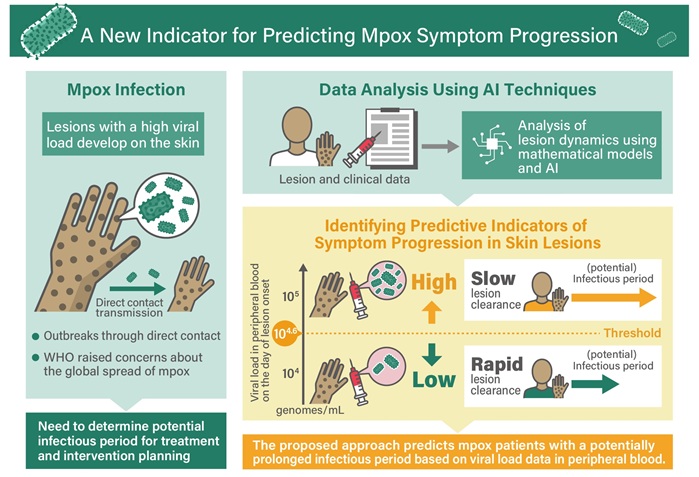
Viral Load Tests Can Help Predict Mpox Severity
Mpox is a viral infection that causes flu-like symptoms and a characteristic rash, which evolves significantly over time and varies between patients. The disease spreads mainly through direct contact with... Read more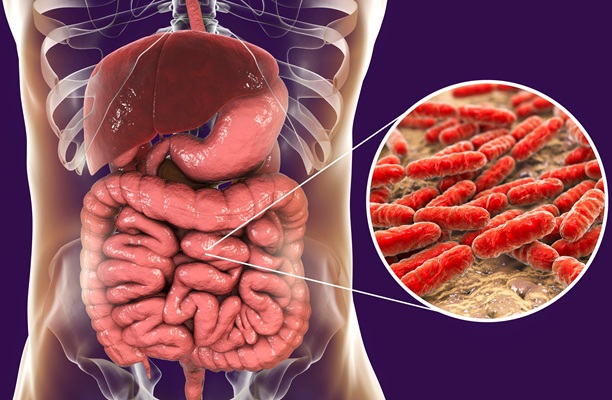
Gut Microbiota Analysis Enables Early and Non-Invasive Detection of Gestational Diabetes
Gestational diabetes mellitus is a common metabolic disorder marked by abnormal glucose metabolism during pregnancy, typically emerging in the mid to late stages. It significantly heightens the risk of... Read morePathology
view channelAI Performs Virtual Tissue Staining at Super-Resolution
Conventional histopathology, essential for diagnosing various diseases, typically involves chemically staining tissue samples to reveal cellular structures under a microscope. This process, known as “histochemical... Read moreAI-Driven Preliminary Testing for Pancreatic Cancer Enhances Prognosis
Pancreatic cancer poses a major global health threat due to its high mortality rate, with 467,409 deaths and 510,992 new cases reported worldwide in 2022. Often referred to as the "king" of all cancers,... Read more
Cancer Chip Accurately Predicts Patient-Specific Chemotherapy Response
Esophageal adenocarcinoma (EAC), one of the two primary types of esophageal cancer, ranks as the sixth leading cause of cancer-related deaths worldwide and currently lacks effective targeted therapies.... Read more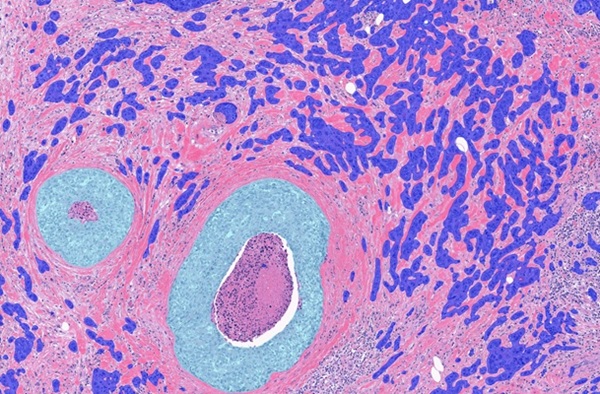
Clinical AI Solution for Automatic Breast Cancer Grading Improves Diagnostic Accuracy
Labs that use traditional image analysis methods often suffer from bottlenecks and delays. By digitizing their pathology practices, labs can streamline their work, allowing them to take on larger caseloads... Read moreTechnology
view channel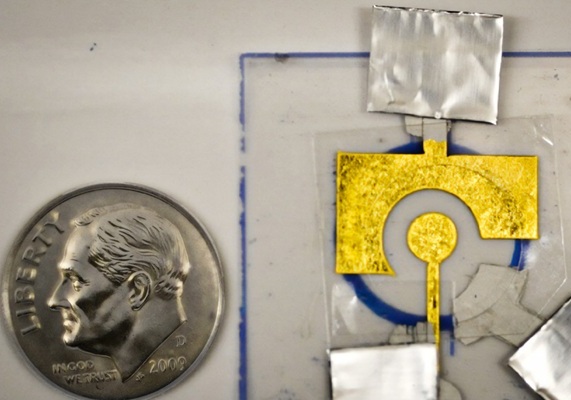
Inexpensive DNA Coated Electrode Paves Way for Disposable Diagnostics
Many people around the world still lack access to affordable, easy-to-use diagnostics for diseases like cancer, HIV, and influenza. Conventional sensors, while accurate, often rely on expensive equipment... Read more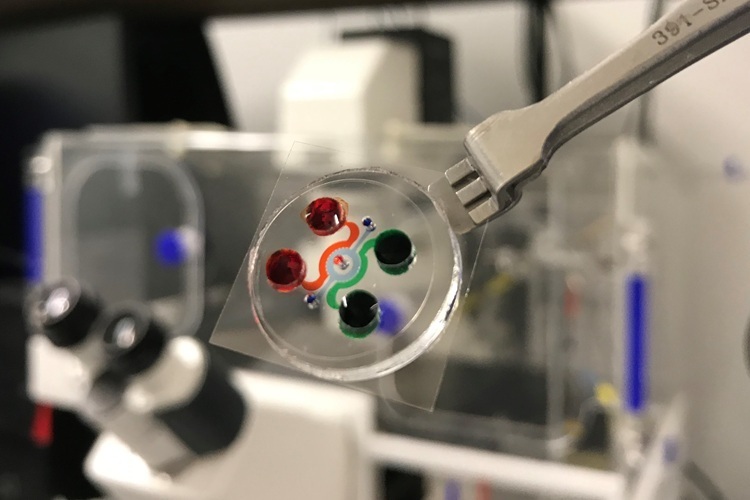
New Miniature Device to Transform Testing of Blood Cancer Treatments
Chimeric antigen receptor (CAR) T cell therapy has emerged as a groundbreaking treatment for blood cancers like leukemia, offering hope to patients when other treatments fail. However, despite its promise,... Read moreIndustry
view channel
Lunit and Microsoft Collaborate to Advance AI-Driven Cancer Diagnosis
Lunit (Seoul, South Korea) and Microsoft (Redmond, WA, USA) have entered into a collaboration to accelerate the delivery of artificial intelligence (AI)-powered healthcare solutions. In conjunction with... Read more






